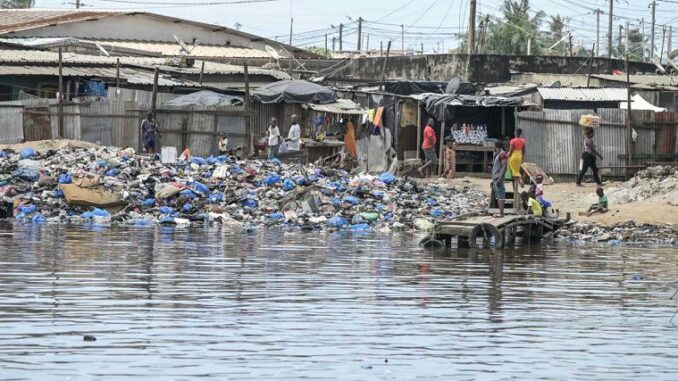
About 2,000 delegates from around the world are gathering in the Kenyan capital Nairobi for fresh talks on the landmark international treaty to combat plastic pollution.
In December 2018, China’s State Council launched a plan to restrict the production, sale, and use of single-use plastic bags and tableware, and to expand the application of degradable plastic products. Under the initiative, the performance of enterprises in service industries such as hotels and catering will be monitored and evaluated. Enterprises will be evaluated based on their environmental achievements. For negative performance, cross-departmental joint punishment can be imposed.
In September 2021 China unveiled a plan on controlling plastic pollution over the next five years, aiming to effectively curb white pollution by 2025.
The action plan, jointly issued by the National Development and Reform Commission and the Ministry of Ecology and Environment, details measures to cut the production and use of plastics, develop alternatives for plastics, and substantially reduce the amount of plastic waste in landfills and environmental leakage during the 14th Five-Year Plan period (2021-2025).
By 2025, key sectors such as retail, e-commerce and express delivery, are expected to drastically cut the unreasonable use of disposable plastics, according to the plan. However, this is a huge task which needs to be managed globally.
Landmark international treaty to combat plastic pollution proposed
Speaking at the opening session, Kenyan President William Ruto said that “the global community is waiting with great anticipation for the instrument that you will develop to chart a global plan for tackling plastic pollution”.
Ruto said plastics could account for up to 19 percent of greenhouse gas emissions allowed under 1.5 C by 2040.
He also said more than 400 million metric tons of plastic waste are produced globally every year. Of these, 23 million tons find their way into rivers, lakes and oceans, and less than 10 percent is recycled.
Across the world, he said 46 percent of plastic waste is landfilled, 22 percent is mismanaged and becomes litter, while 17 percent is incinerated.
Sources:
- China Daily Global, 2023-11-15. http://global.chinadaily.com.cn/…/WS655426c0a31090682a5…
- Xinhua, 2021-09-15. https://www.chinadaily.com.cn/…/WS6141d56ba310e0e3a6821…